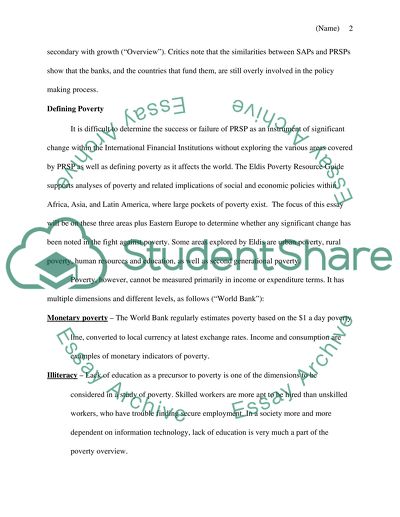Cite this document
(“PRSP as an Indicator of Change Essay Example | Topics and Well Written Essays - 2000 words”, n.d.)
PRSP as an Indicator of Change Essay Example | Topics and Well Written Essays - 2000 words. Retrieved from https://studentshare.org/miscellaneous/1517906-prsp-as-an-indicator-of-change
PRSP as an Indicator of Change Essay Example | Topics and Well Written Essays - 2000 words. Retrieved from https://studentshare.org/miscellaneous/1517906-prsp-as-an-indicator-of-change
(PRSP As an Indicator of Change Essay Example | Topics and Well Written Essays - 2000 Words)
PRSP As an Indicator of Change Essay Example | Topics and Well Written Essays - 2000 Words. https://studentshare.org/miscellaneous/1517906-prsp-as-an-indicator-of-change.
PRSP As an Indicator of Change Essay Example | Topics and Well Written Essays - 2000 Words. https://studentshare.org/miscellaneous/1517906-prsp-as-an-indicator-of-change.
“PRSP As an Indicator of Change Essay Example | Topics and Well Written Essays - 2000 Words”, n.d. https://studentshare.org/miscellaneous/1517906-prsp-as-an-indicator-of-change.


